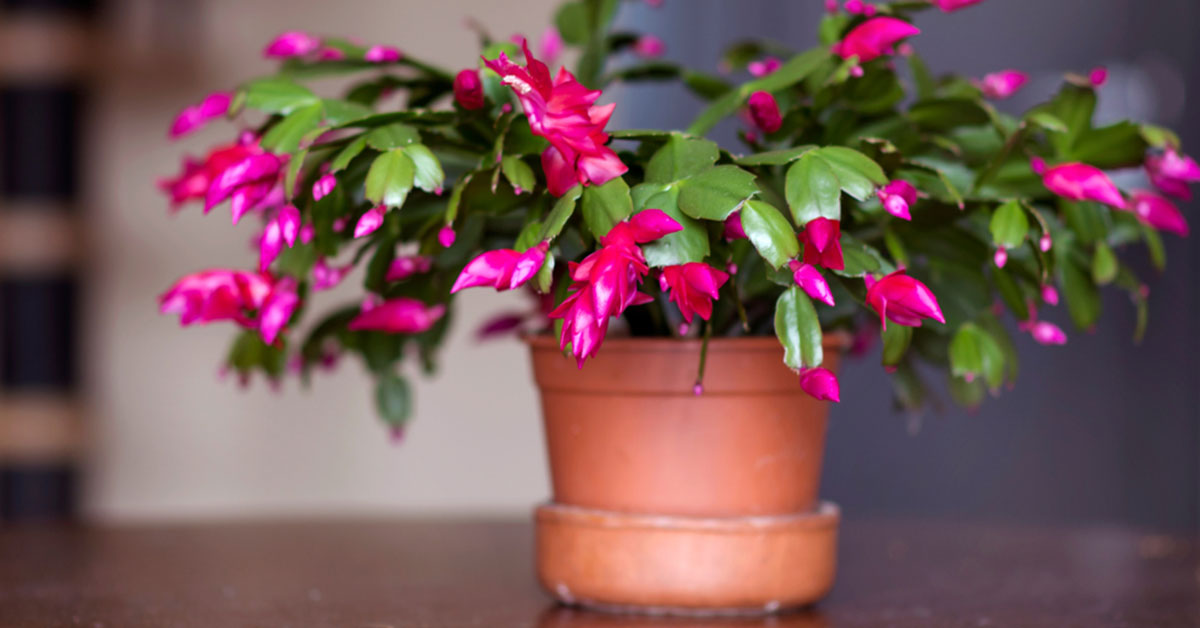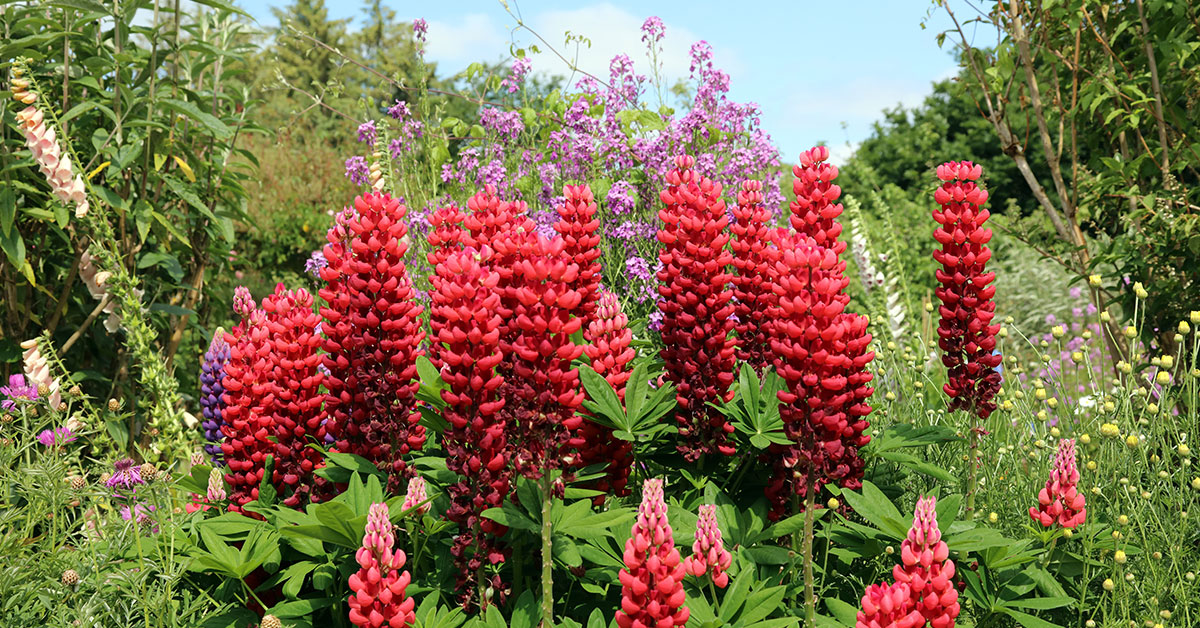The Mexican sunflower, with its fuzzy, coarse-textured leaf in vivid green, is an excellent filler plant that may also serve as a background for other perennials. This annual is native to Mexico and is not a genuine sunflower. Flowers in warm colors of bright orange and yellow are the most common. The Mexican sunflower has long, narrow exterior petals that are clustered around a yellow center, similar to a huge daisy. Plant a few near your vegetable garden to attract pollinators and beneficial bugs, which can aid in the management of pest outbreaks.
Growing The Mexican Sunflower
Mexican sunflowers produce a plethora of stunning daisy-like blooms with blazing red, orange, or yellow petals and yellow centers. On tall, strong stems, the serrated oval leaves are dark green. Plant seeds or seedlings in the spring for a continuous display of blossoms all summer and into the fall.
Here are some brief facts about the popular aesthetic plant:
- Latin name: Tithonia diversifolia
- Other names: Tree marigold
- Native to: North America, Central America
- Invasiveness: invasive in Asia, Africa, and other Pacific Islands.
- Tenderness: Herbaceous annuals
- Sun: Full Sun
- Water: Below average
- Soil: Sandy, well-drained
- Hardiness zone: Zones 9 through 11
- When to plant: Spring
- Spacing: 2-3 ft.
- Plant height: 3-8 ft.
- Bloom period: Summer, fall
- Time to maturity: 4 months
- Container friendly: Yes
- Fertilizer: 10-10-10
- Toxicity: Yes (seeds)
- Deer resistant: Yes
- Pest resistant: No
Growing Mexican sunflowers, which reach little more than 6 feet (2 meters) tall and generally stay at 3 to 4 feet (1 meter) tall, can satisfy your desire for sunflowers in the garden. Consider growing Mexican sunflowers as a bright accent to the water-wise garden area.
This annual thrives in full sun and can withstand heat and drought. Sow the seeds straight into moist soil, pressing them down, and wait for them to germinate, which usually takes 4 to 10 days. Seeds require sunshine to germinate, so don’t cover them. Plant Mexican sunflowers from seeds in the spring in areas where the color will be needed in the late summer after summer perennials have faded. They will bring a splash of color to your yard. When you take care of your Mexican sunflowers, you’ll see a lot of red, yellow, and orange blossoms.
Water
Mexican sunflowers are drought resilient and do not require irrigation throughout their life cycle, adding to their low-maintenance appeal. Mexican sunflowers don’t like wet soil, but if your region gets more rain than average, you may adjust by growing them in soil that drains well.
Sunlight
Growing robust Mexican sunflowers needs a lot of sunlight. Plants that thrive in shaded regions may not blossom, flop over, or become infected with fungal diseases.
Soil
Mexican sunflowers prefer lean soils with minimal nutrient concentration, so save your soil additions for fussier flowers like roses and dahlias. To avoid problems like root rot, good drainage is essential. Soils that are sandy or rocky are more similar to the original soils of Mexico, where plants flourish wild.
Fertilizing
Mexican sunflowers do not require any additional fertilizer to thrive. To get plants off to a fast start in locations with particularly depleted soils, use an all-purpose plant fertilizer at the start of the season. Follow the directions on the product package for the quantity.
Invasiveness
Mexico and Central America are home to the Mexican sunflower. It was introduced all over the world as a decorative, a source of green manure, and an erosion control plant. In Asia, Africa, and other Pacific Islands, it is now considered invasive.
In a garden environment, the Mexican sunflower is extremely difficult to keep alive. Any little portion of root or vegetation will produce new plants. Other species cannot thrive where the Mexican sunflower has taken hold because it develops dense thickets and is allelopathic. It is capable of invading gardens, orchards, and fields, as well as damaged places.
Growing The Mexican Sunflower In Containers
On your patio, deck, or balcony, you may also plant smaller types of Mexican sunflowers in pots. Breathable clay or terra cotta pots with wide drain holes, as with other patio plants, are the ideal choice since they keep the soil colder than plastic pots and allow for evaporation.
Because Mexican sunflowers are annuals in most zones, pick a container that will accommodate the mature plant without the need for repotting throughout their single-season existence. One sunflower may be grown in a gallon pot. Place it in the pot’s middle. Mexican sunflowers look great in huge pots with trailing plants like million bells or portulaca, which thrive in full sun and dry conditions as well.
Care & Tips
Mexican sunflowers, unlike other plants, flourish on rocky or sandy soil. Poor soil may produce better flowers than soil that is strong and nutrient-rich. Sunlight is also important because these plants require a lot of it. If they’re still not blooming, it’s possible that there’s too much water around the roots; the soil has to be well-draining. For healthy plants, average humidity is ideal. To avoid powdery mildew, give plants more space in wet regions.
Common Problems
Snails and slugs can be a problem for Mexican sunflowers, especially when it rains. Place a moist piece of cardboard next to plants and gather bugs as they hide during the day. If the place is too dark, the plants may get fungal illnesses, and if they are overcrowded, powdery mildew may develop, especially in damp areas.
Propagating The Mexican Sunflower
When the threat of frost has gone, sow seeds of Mexican sunflowers in the soil in the spring. Even though the Mexican sunflower is easy to grow from seed, you may also propagate plants by stem cuttings if you can’t find your favorite kind. This kind of propagation, unlike established Mexican sunflowers, takes regular watering to get the cuttings to root.
Wildlife Attracted By The Mexican Sunflower
Mexican sunflowers attract insects, butterflies, and hummingbirds. The Monarch butterfly is a noteworthy pollinator attracted to the Mexican sunflower.
The History Of The Mexican Sunflower
Mexico and Central America are home to the Mexican sunflower. It was brought to Asia and Africa’s tropical areas, Australia, and various Pacific islands, including French Polynesia, Hawaii, and New Caledonia. It escaped domestication and is now found in many tropical areas, growing wild. In Kenya’s sub-humid highlands, where it is routinely coppiced and even uprooted, the Mexican sunflower is one of the most popular indigenous fodder tree species.
Uses For The Mexican Sunflower
A Mexican sunflower infusion is useful for treating constipation, stomachaches, indigestion, sore throats, liver pains, and malaria. Mexican sunflower is a versatile tropical plant or shrub grown in many places in Africa, Asia, and South America. It is a high-protein fodder that is beneficial to ruminants and rabbits but less so to poultry and pigs, owing to the presence of fiber and antinutritional elements.
Mexican sunflowers are perfect for the novice gardener looking for a splash of color to fill up a huge blank place in the flower border. They’re also fantastic for cut flower arrangements, and they produce enough butterflies and useful insects like parasitic wasps to attract a lot of them. These flowers aren’t finicky about soil and don’t require much attention once they’ve begun to develop.













